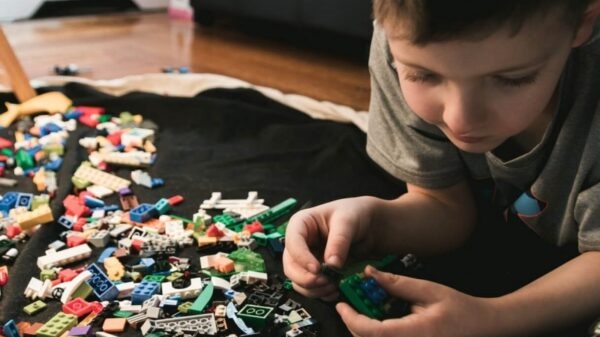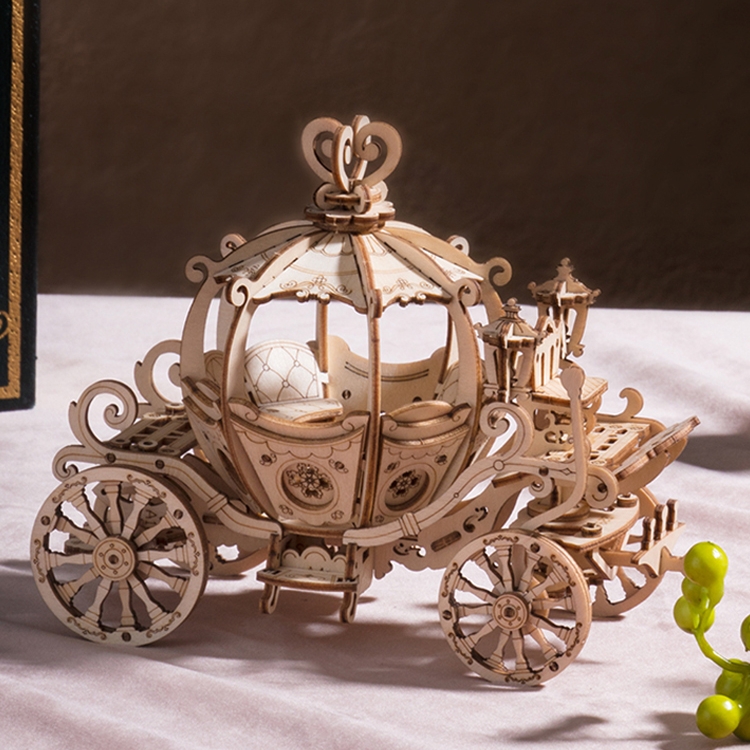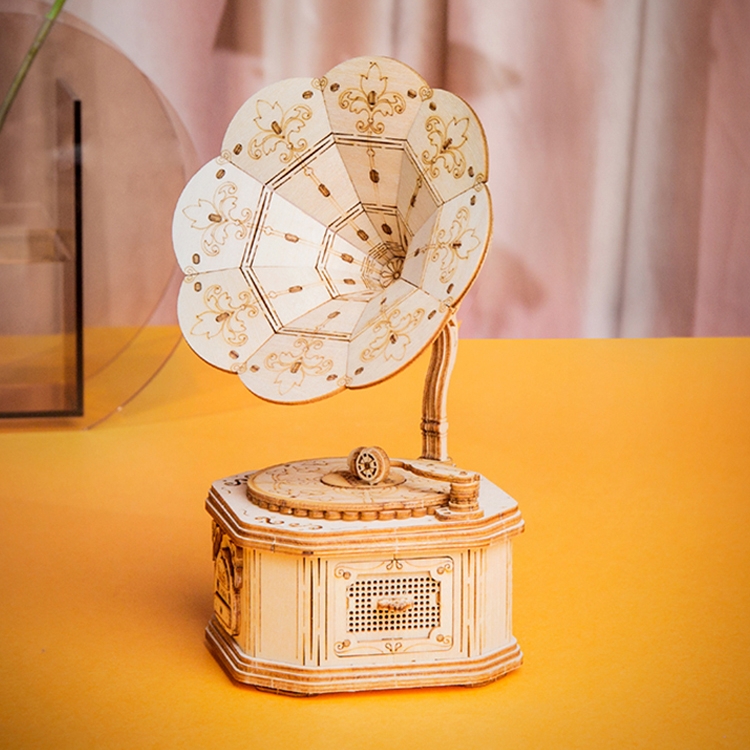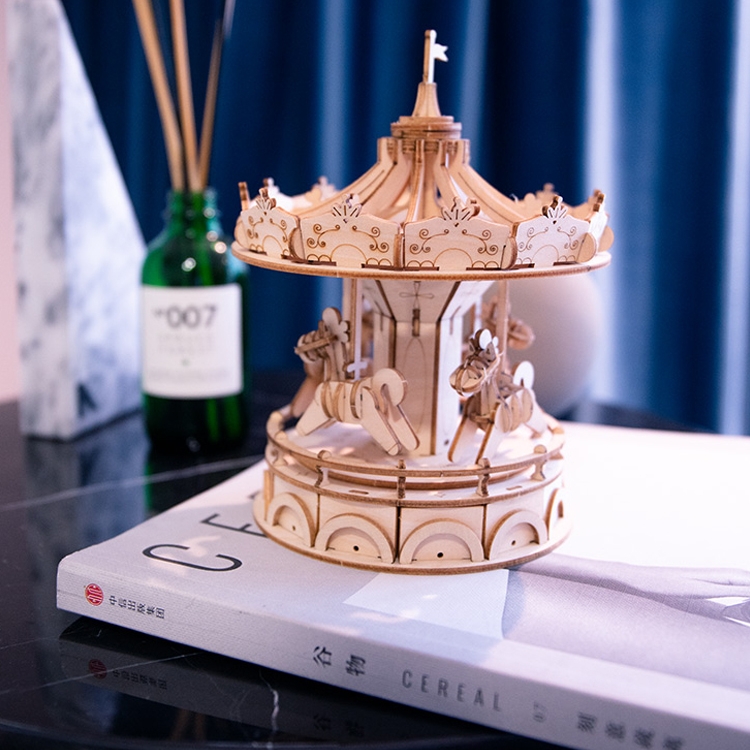
How To Add Storylines To Your Wooden Jigsaw Puzzle: A Creative Guide
Imagine a wooden jigsaw puzzle where each piece is more than a part of an image; it’s a chapter in a captivating story waiting to

Wooden puzzles are timeless toys that can provide hours of enjoyment. Unlike puzzles made of cardboard or plastic, wooden puzzles are built to last for years or even decades if properly cared for.
Following some simple storage and cleaning tips can help you preserve your wooden puzzles so they can be passed down and enjoyed by future generations.

Wooden puzzles have an extra special appeal that makes them worth preserving. Here’s why they are so treasured:
Due to their many merits, wooden puzzles are well worth the extra effort to preserve. With appropriate care, they can provide enjoyment for you and your family for many years to come.
Proper storage is the key to keeping your wooden puzzles in great shape for the long term. Here are tips for ideal puzzle storage:
The ideal storage location for wooden puzzles is a controlled room with a steady temperature of around 68-72°F and moderate humidity of around 45-55%. Avoid temperature and humidity extremes that can damage puzzles. An unfinished basement, closet, or drawer works nicely.
In damp climates prone to mold or hot climates where wood could warp, consider investing in dehumidifiers, humidifiers, air conditioners, or dehydrators to maintain optimal temperature and moisture levels for puzzle storage. This will prolong their lifespan dramatically.
Direct sun exposure will cause wooden puzzle pieces to fade, discolor, or warp over time. Find a dark, opaque storage spot away from windows and sunlight such as a closet, dresser, or shelf lined with a dark tablecloth. If using open shelving, cover puzzles with a cloth.
For the best protection, store puzzles in archival-quality plastic storage totes made of acid-free, lignin-free plastic with airtight lids. These museum-grade containers prevent dust buildup, and warping from moisture, and keep all the pieces neatly together.
To control moisture, place desiccant packets in puzzle storage containers. These moisture-absorbing beads will remove any humid air trapped inside that could warp wooden pieces. Change desiccant packs a few times a year as they become saturated.
If not using archival totes, line original puzzle boxes with strips of polyethylene foam to cushion puzzles from damage when stacked. This also keeps pieces from shifting around loose inside the box during moves or transport.
Clearly label all puzzle storage boxes with their titles, piece counts, ages, and any other details. This helps you inventory and organize without opening boxes. Use archival-safe pens designed for museum artifact labeling.

While wooden puzzles don’t require heavy cleaning, occasional light maintenance keeps them looking like new:
Use a clean, dry, lint-free microfiber cloth to gently dust puzzle surfaces. A very soft paintbrush can also dislodge dust and debris from crevices. Move the brush in a single direction rather than swirling to prevent scratching.
Every 2-3 years, you can deep clean puzzles showing grime buildup. Use a mild dish soap diluted in warm distilled water and a soft lint-free cloth. Avoid soaking puzzles and dry them immediately with a fan or desiccant packs.
For stale puzzles, lay them out loosely on a sheet in direct sunlight for 2-3 hours to air out. For musty smells, wipe with a cloth dampened in vinegar and water solution using minimal liquid.
About once a year, it’s smart to disinfect wooden puzzles your children use to prevent the spread of germs. Wipe pieces with a cloth sprayed lightly with disinfectant, allowing it to fully dry afterward. Avoid soaking in the woods.
Use compressed air or a vacuum with a brush attachment to remove dust and debris inside puzzle boxes. Wipe the exterior with a lightly dampened cloth and mild cleaner if needed. Let boxes fully dry before replacing puzzles.
A little periodic maintenance keeps your puzzles playable for the long haul:
Before storing puzzles after use, inspect all pieces closely for new damage. Be on the lookout for mold, cracking, splintering, delamination, or excess wear. Address any issues immediately.
If wooden knobs on puzzle pieces become loose, use just a dot of superglue on the end of a toothpick to re-adhere them. Avoid getting adhesive on puzzle surfaces. Wipe away any excess.
When gluing or repairing puzzles, layer wax paper underneath to avoid accidentally adhering puzzles to tables or backboards. The wax coating prevents bonding. Handle puzzles with care on waxed surfaces.
Use a small paintbrush to apply a thin layer of wood finish, polyurethane, or paste wax to worn areas or bare wood spots. This prevents moisture damage and restores protection.
Contact the puzzle manufacturer to purchase replacement pieces for any that become lost or too damaged to use. For rare vintage puzzles, you can commission custom laser-cut wooden reproductions.
If puzzles show signs of wear or damage in storage, invest in archival boxes or museum-grade enclosures to better protect them for the future.
Follow these tips if you wish to display completed wooden puzzles:
Framing a puzzle under plexiglass ensures all the pieces stay together and are protected from dust. Use archival foam core spacer strips between the layers so the weight doesn’t press down.
Before framing, glue a backing of acid-free paper or linen fabric to the puzzle using archival adhesive. This creates a protective barrier and keeps puzzle pieces firmly in place for display.
Another option is to professionally mount the completed puzzle on an acid-free mat board leaving a narrow border. This can be framed as art without glass but provides less protection.
Special museum putty or archival puzzle preservative adheres pieces together strongly so a puzzle can be safely displayed without framing, but removed later if desired without damage.
Don’t display wooden puzzles in direct sunlight or bright indoor light to prevent fading over time. Periodically rotate displayed puzzles with stored ones to distribute light exposure.
Maintain moderate temperature and humidity in the display area. Especially avoid drying heat or humidity extremes near heating/cooling vents that may damage fragile puzzles.
Even with great care, puzzles will eventually show signs of their age:
It’s worth repairing and restoring puzzles if all the original pieces remain usable. Things like backing, edge sealing, and touch-ups can return damaged but intact puzzles to playable condition.
If only part of the puzzle is still intact and usable, it may be possible to replace damaged sections by contacting the manufacturer for spare parts. This works better for large puzzles than small ones.
If puzzle pieces are missing or too damaged to use, it’s usually best to replace the entire puzzle. Trying to find random replacement pieces is challenging and rarely looks cohesive.
Puzzles with major mold or mildew damage, broken frames, splintered pieces, or serious water damage that causes major warping or delamination are usually not worth saving and should be discarded.
If you have duplicate puzzles or any you no longer want, consider donating them to children’s hospitals, assisted living facilities, doctor’s offices, schools, or non-profits so others can enjoy them.

With their inviting imagery, sturdy construction, and open-ended play, it’s no wonder wooden puzzles have captivated families for generations. Follow these care steps and your wooden puzzles can continue entertaining for decades more while creating special memories to pass down.
Here are some ways to share the magic of puzzles with others:
Well-cared-for wooden puzzles become timeless family treasures to last lifetimes. With the right storage, maintenance, and care, the beloved puzzles that bring you countless hours of enjoyment can continue entertaining future generations in your family.
Wooden puzzles are well worth preserving due to their enduring appeal and high play value. By keeping them properly stored, cleaning them routinely, and performing minor repairs when needed, your wooden puzzles can provide many more years of enjoyment.
Be sure to pass on your puzzle care knowledge when gifting treasured puzzles to others. With some basic maintenance and care, you can ensure your wooden puzzles last long enough to become true family heirlooms.


Imagine a wooden jigsaw puzzle where each piece is more than a part of an image; it’s a chapter in a captivating story waiting to

When choosing the right puzzle box(wooden puzzle boxes or paper one) for your toddler, it’s essential to consider the materials’ properties and how they align

Embark on a journey to unravel the nuanced distinctions between two beloved genres of puzzles: plain wooden puzzles and 3d wooden puzzles. In this comprehensive

Imagine your wooden jigsaw puzzle not just as a piece to be solved but as an interactive journey that engages all your senses. This guide

Imagine a wooden jigsaw puzzle where each piece is more than a part of an image; it’s a chapter in a captivating story waiting to

When choosing the right puzzle box(wooden puzzle boxes or paper one) for your toddler, it’s essential to consider the materials’ properties and how they align

Embark on a journey to unravel the nuanced distinctions between two beloved genres of puzzles: plain wooden puzzles and 3d wooden puzzles. In this comprehensive

Imagine your wooden jigsaw puzzle not just as a piece to be solved but as an interactive journey that engages all your senses. This guide
Copyright © 2024 woodcraft3dpuzzles. All Rights Reserved.